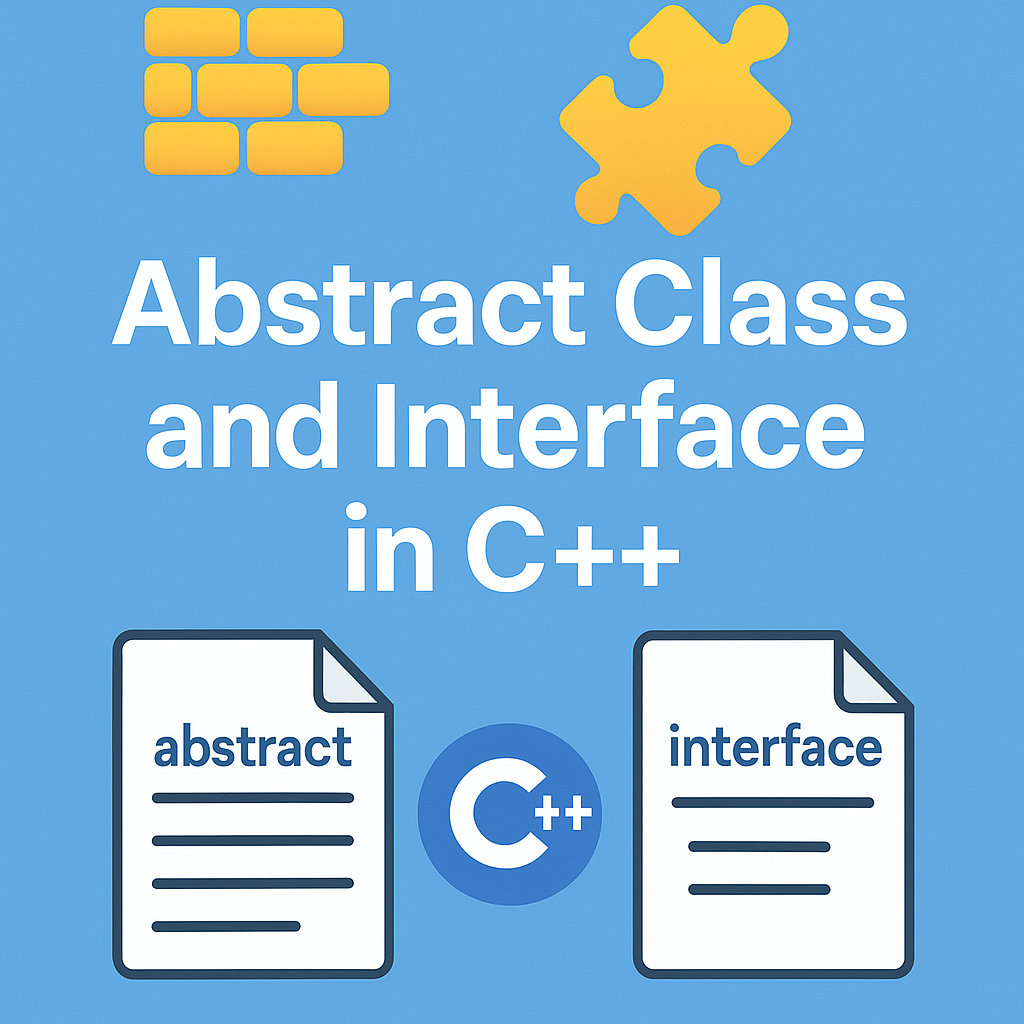Introduction
Ever wondered how your computer can download a file, play music, and let you type an email — all at once? The secret lies in multithreading.
One of the biggest advantages of multithreading is that it allows a program to handle many tasks at the same time. For beginners, this technique is one of the coolest ways to speed up code, improve efficiency, and create applications that feel smoother and more responsive. Let’s dive deeper into the advantages of multithreading and see why it’s such a powerful tool for developers.
What is Multithreading?
In simple words, a thread is a small unit of a program. A program with multithreading can run several of these threads simultaneously. Imagine a restaurant kitchen where one chef chops veggies while another grills meat — that’s how multithreading works in software!
Key Advantages of Multithreading
Let’s look at why multithreading is a great idea, especially for modern applications:
✅ 1. Faster Execution (Speed Up Code)
One of the biggest benefits of multithreading is speed. Tasks that can run in parallel finish sooner because they share the workload. Instead of waiting for one task to complete before starting another, multithreading gets things done simultaneously.
Example: While loading a webpage, one thread fetches images while another fetches text content.
✅ 2. Better Resource Utilization
Modern computers have multi-core processors. Multithreading helps your programs use all cores efficiently, rather than leaving some sitting idle. This results in faster and more efficient applications.
✅ 3. Improved Responsiveness
Multithreading makes applications feel smoother. For example, a video game can keep running while loading new levels in the background, preventing the game from freezing.
Example: In a chat app, one thread listens for new messages, while another handles your typing.
✅ 4. Simpler Program Structure for Some Tasks
Certain problems, like handling multiple users or processing many requests, are naturally easier to solve with multithreading. Threads can handle different users or tasks independently.
✅ 5. Reduced Waiting Time
Programs often need to wait for things — like reading data from a file or a network. With multithreading, your program can keep doing other work instead of pausing entirely.
✅ 6. Scalability for Bigger Projects
Multithreading helps applications scale better as demands grow. Big systems like web servers handle thousands of requests using multithreading to stay fast and reliable.
When to Use Multithreading?
- Apps needing high performance
- Programs with background tasks (e.g. file downloads)
- User interfaces that must remain responsive
- Server applications handling many clients
Caution: Not Always Easy!
While the advantages of multithreading are huge, it’s important to know it’s not always simple. Threads share resources, and managing them incorrectly can cause bugs like:
- Race conditions
- Deadlocks
- Data inconsistency
So, while multithreading speeds up code, it must be used carefully!
Conclusion
The advantages of multithreading are clear: faster performance, better resource use, and smoother user experiences. Whether you’re building a game, a web app, or a complex system, learning multithreading in programming is a valuable skill.
Mr. Raj Kumar is a highly experienced Technical Content Engineer with 7 years of dedicated expertise in the intricate field of embedded systems. At Embedded Prep, Raj is at the forefront of creating and curating high-quality technical content designed to educate and empower aspiring and seasoned professionals in the embedded domain.
Throughout his career, Raj has honed a unique skill set that bridges the gap between deep technical understanding and effective communication. His work encompasses a wide range of educational materials, including in-depth tutorials, practical guides, course modules, and insightful articles focused on embedded hardware and software solutions. He possesses a strong grasp of embedded architectures, microcontrollers, real-time operating systems (RTOS), firmware development, and various communication protocols relevant to the embedded industry.
Raj is adept at collaborating closely with subject matter experts, engineers, and instructional designers to ensure the accuracy, completeness, and pedagogical effectiveness of the content. His meticulous attention to detail and commitment to clarity are instrumental in transforming complex embedded concepts into easily digestible and engaging learning experiences. At Embedded Prep, he plays a crucial role in building a robust knowledge base that helps learners master the complexities of embedded technologies.



Leave a Reply